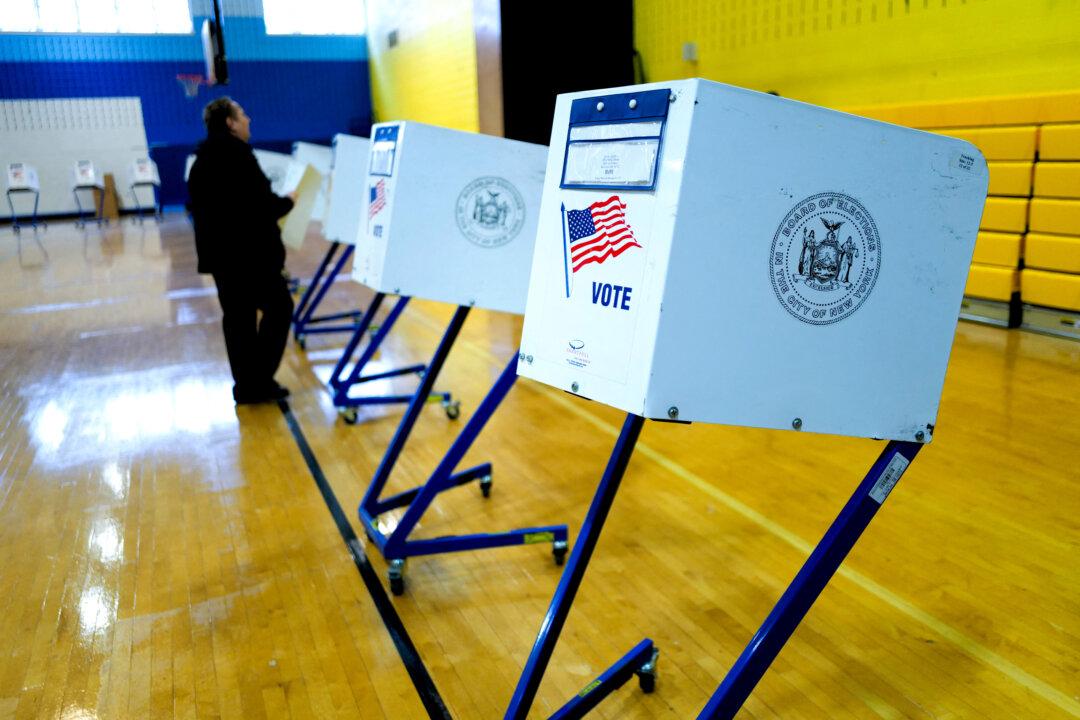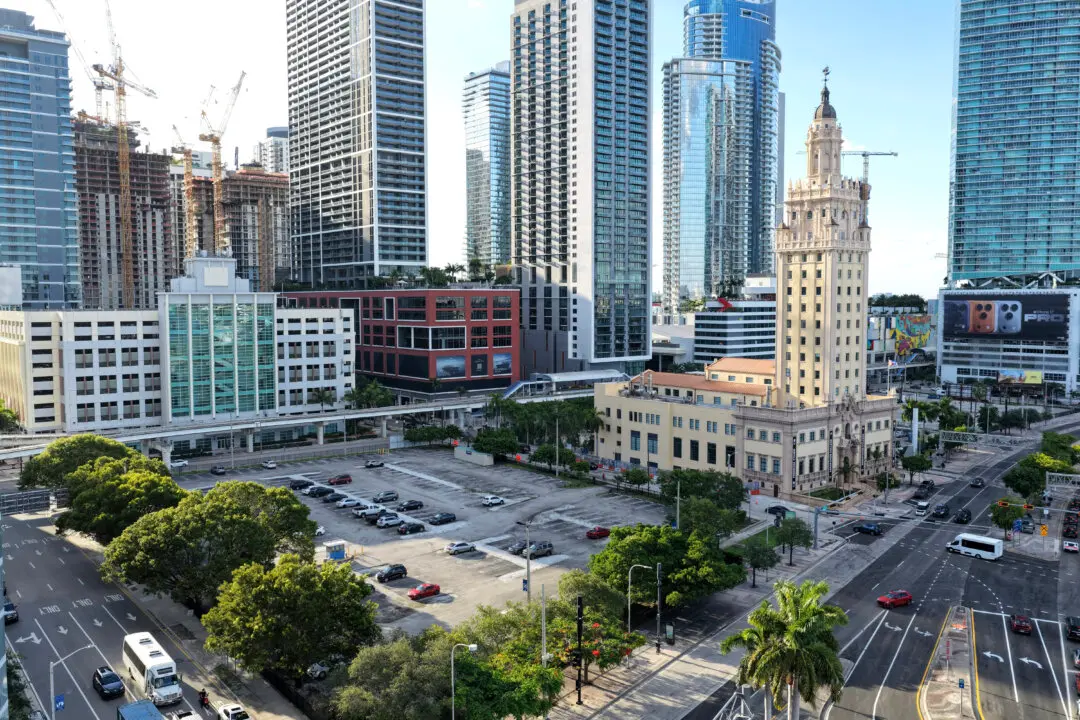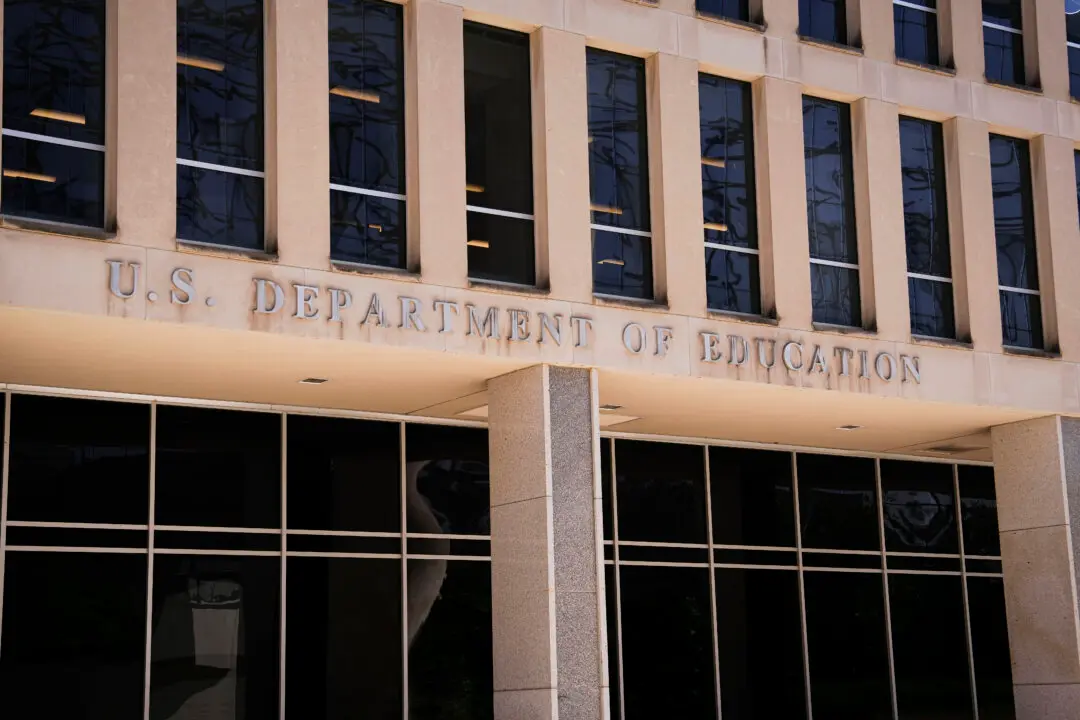New York Gov. Kathy Hochul has signed into law seven election-related bills that, among other changes, allow teenagers to preregister to vote before they turn 18 so they will be automatically added to the voter rolls when they come of age.
The bills received the governor’s signature on Aug. 6 at an event commemorating the 59th anniversary of the Voting Rights Act of 1965. The governor said the laws will improve voter protections for New Yorkers and make it easier for them to vote.





